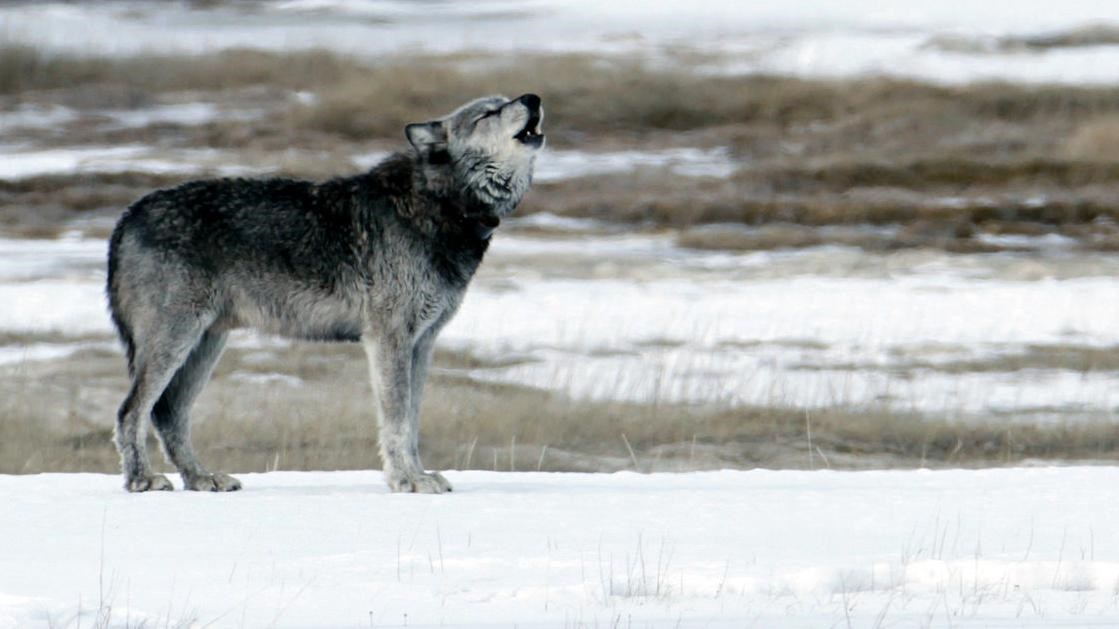
NPS Descendants of mountain goats (Oreamnos americanus) introduced in the Absaroka and Madison mountain ranges during the 1940s and 1950s established a population in Yellowstone National Park in the 1990s. They have reached a relatively high abundance in the northeastern and northwestern portions of the park. Investigations of paleontological, archeological, and historical records have not found evidence that the mountain goat is native to Greater Yellowstone. Many people consider the goats a charismatic component of the ecosystem, including those who value the challenge of hunting them outside the park. But the colonization has raised concerns about the goats’ effects on alpine habitats. Competition with high densities of mountain goats could also negatively affect bighorn sheep, whose range overlaps that of mountain goats. HabitatMountain goats live in alpine habitats. Studies of alpine vegetation in the northeast portion of the park during 2002 and 2003 suggest that ridge-top vegetation cover is lower, and barren areas along alpine ridges are more prevalent in areas that have received relatively high goat use. Studies by Idaho State University and the National Park Service during 2008–2010 suggest goats are affecting the soil chemistry of sites they inhabit by increasing the availability of soil nitrogen through deposition of urine and feces. Soil rockiness may be increasing slightly over time at sites with high goat presence, but no largescale effects have been detected so far with respect to vegetation (species, community structure). Colonization of suitable habitats south of The Thunderer and along the eastern park boundary within the Absaroka Mountain Range appears to be occurring. During a 2022 survey, mountain goats were observed from Notch Peak to Eagle Peak, indicating they continue to expand their range. Only males (billies) were observed; however, park biologists anticipate that the expansion southward will continue and eventually include females (ewes) and reproductive groups. ResourcesFlesch, E. P. and Garrot, R.A. et al. Range expansion and population growth of non-native mountain goats in the Greater Yellowstone Area: Challenges for management. Wildlife Society Bulletin 40(2):241–250. Laundr&#é; 1990. The status, distribution, and management of mountain goats in the Greater Yellowstone Ecosystem, final report. Pocatello, ID: Idaho State University, Department of Biological Sciences. J.W., Lemke 2004. Origin, expansion, and status of mountain goats in Yellowstone National Park. Wildlife Society Bulletin 32(2):532–541. T.O., Lyman 1998. White goats, white lies: The abuse of science in Olympic National Park. Salt Lake City: University of Utah Press. R.L., Schullery. and P. L. 2001. Mountain goats in the Greater Yellowstone Ecosystem: A prehistoric and historical context. Western North American Naturalist 61(3):289–307. Varlet, Whittlesey 1996. Ecology of mountain goats in the Absaroka range, south-central Montana. MS. Bozeman, MT: Montana State University. 
Mammals
Home to the largest concentration of mammals in the lower 48 states. |
Last updated: April 17, 2025
